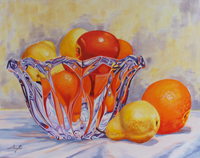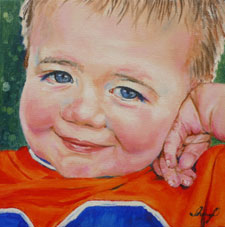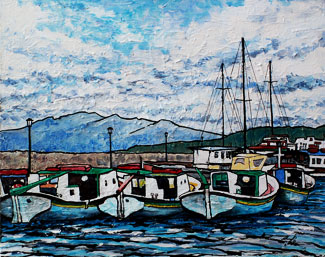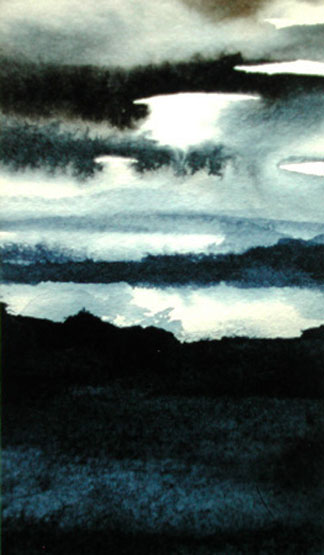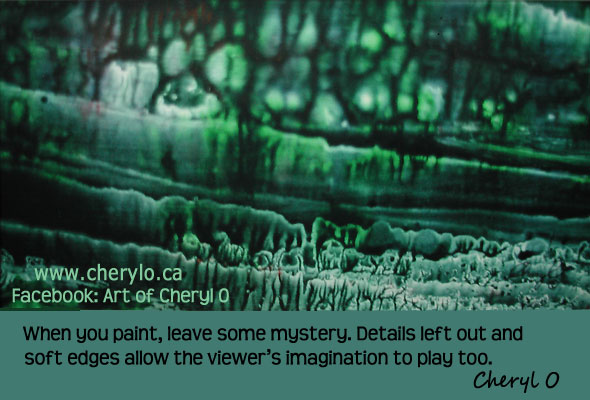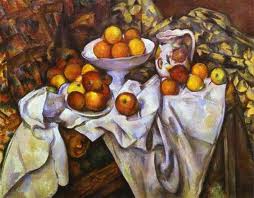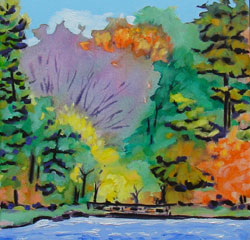
Blocking In
We had a discussion recently in art class about the concept of blocking in. This concept was a difficult one for some to grasp.
In its simplest form, blocking in means to see the main large shapes in your painting, and quickly paint these without much detail. It’s a great way to check that your overall composition is a good one. Too often the little details can detract from seeing the big picture well. In acrylic it’s easy to do the blocking in quickly, since it dries fast and can be painted over with details as desired. Oil painters sometimes greatly thin the first layer of paint when blocking in. With water mixable oils, it is the only time it is acceptable to add lots of water to your paint. The paint will dry much more quickly, and you must be sure that this initial thin layer will all be completely covered later with thicker oil paint in order to avoid any crackling. Watercolourists are sometimes more comfortable simply doing a quick black and white pencil sketch of the main shapes on a scrap paper since watercolour is more difficult to work on top of at times.
Below are 2 images of one of my paintings – one to show the blocking in stage, and then the completed painting. This painting is fluid acrylic on canvas; although it was done in a very watercolour style.
